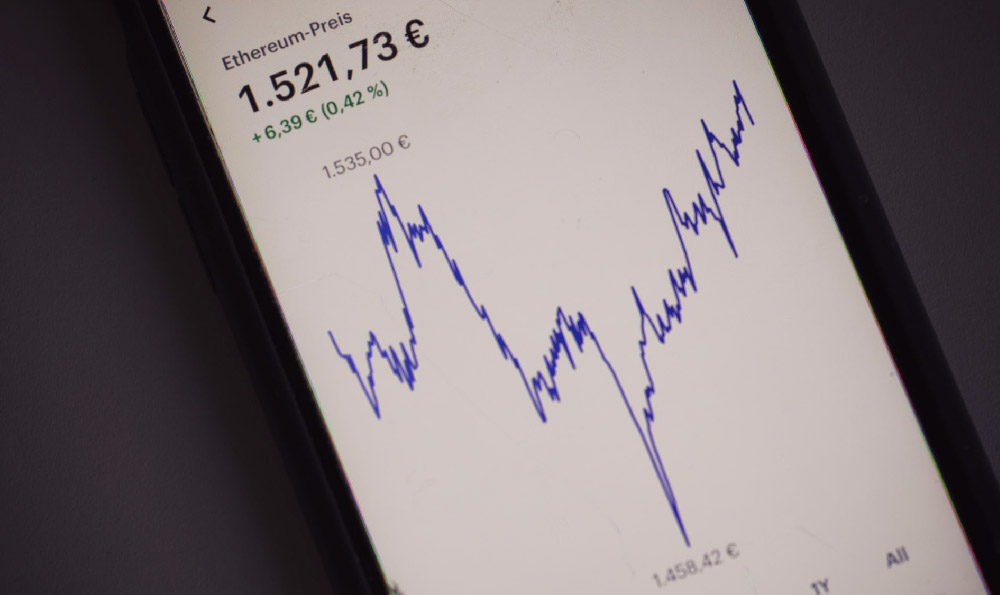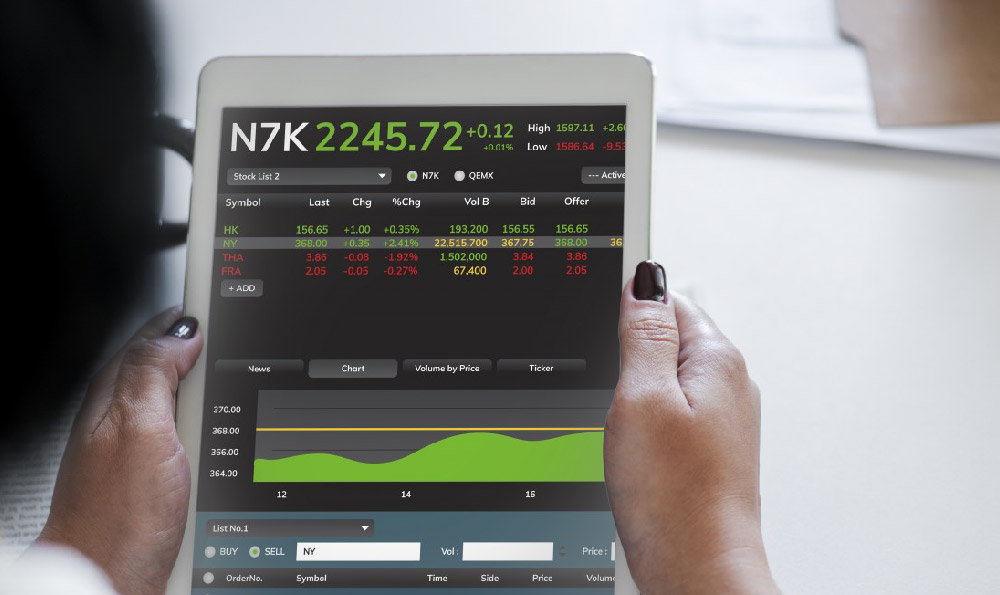Unlocking Potential: Can You Really Profit on Steam?
Steam, the behemoth of PC gaming, is primarily known as a digital distribution platform for video games. Millions flock to it daily to purchase, download, and play their favorite titles. But beyond the immediate gratification of gaming entertainment, lies a less-explored avenue: the Steam marketplace. This begs the question, can one actually profit from Steam, and if so, what strategies yield the best results?
The short answer is yes, profiting on Steam is indeed possible, but it's not a guaranteed get-rich-quick scheme. It requires a blend of market understanding, patience, and strategic thinking. The Steam marketplace operates on the principles of supply and demand, making it ripe for arbitrage and savvy investment. However, before diving in headfirst, it's crucial to understand the various avenues available and the risks associated with each.

Understanding the Steam Marketplace Ecosystem
The Steam marketplace functions as a centralized hub where users can buy and sell in-game items, trading cards, profile backgrounds, emotes, and even game keys (under certain circumstances and region restrictions). Prices are dictated by the community, meaning they fluctuate constantly based on current trends, rarity, and perceived value. This inherent volatility is both a challenge and an opportunity for potential investors.
Several factors influence item prices on the Steam marketplace. Game popularity is a major driver. Items from popular games like Counter-Strike: Global Offensive (CS:GO), Dota 2, and Team Fortress 2 generally have higher liquidity and potentially higher values. Rarity also plays a significant role. Limited-edition items or those with low drop rates tend to command premium prices. Events like seasonal sales or in-game tournaments can trigger price surges due to increased demand or scarcity. Furthermore, market manipulation, although discouraged by Valve (Steam's owner), can sometimes occur, leading to artificial price inflations or deflations.
Strategies for Profit: Navigating the Steam Marketplace
Several distinct strategies can be employed to potentially generate profit on Steam:
-
Trading Card Arbitrage: This involves buying trading cards at low prices and selling them at a higher price. The profit margins on individual cards are usually small, often fractions of a cent, but the high volume of transactions can accumulate over time. Automated tools and scripts can assist in identifying undervalued cards and executing trades efficiently. However, be aware of Steam's transaction fees, which can eat into profits if not carefully managed. This is one of the lowest risk, but also lowest reward strategies available.
-
Investing in In-Game Items: This strategy focuses on acquiring rare or desirable in-game items from popular games. These items can range from cosmetic skins in CS:GO to unusual couriers in Dota 2. The value of these items can appreciate significantly over time, especially if they are discontinued or become highly sought after. This strategy requires extensive knowledge of the specific game's item market and the ability to predict future trends. The risks are higher, as item values can also plummet if the game's popularity declines or if Valve introduces new, more desirable items.
-
Steam Key Reselling (with Caution): While not directly on the Steam marketplace, some individuals purchase game keys from legitimate sources (e.g., bundles, authorized resellers) and resell them on third-party platforms. This practice is often frowned upon by developers and publishers, and Valve has taken steps to limit key reselling activities. Furthermore, it carries significant risks, including the potential for fraudulent keys and account bans. It's generally advisable to avoid this strategy unless you have a thorough understanding of the legal and ethical implications.
-
Steam Account Flipping (Highly Risky): This involves buying or creating Steam accounts with valuable items or games and then reselling them for a profit. This practice is explicitly prohibited by Steam's terms of service and can result in permanent account bans. Furthermore, it often involves dealing with potentially shady individuals and carries a high risk of scams. This strategy is strongly discouraged.
Risk Management and Avoiding Pitfalls
Profiting on Steam is not without its risks. It's essential to approach it with a cautious and informed mindset.
-
Volatility: The Steam marketplace is inherently volatile. Prices can fluctuate rapidly, and the value of your investments can decrease just as quickly as they increase.
-
Market Manipulation: Beware of individuals or groups attempting to manipulate the market by artificially inflating or deflating prices. Research thoroughly before investing in any item.
-
Scams: The Steam community, like any online platform, is not immune to scams. Be wary of offers that seem too good to be true and never share your account credentials with anyone.
-
Transaction Fees: Steam charges transaction fees on all marketplace sales. Factor these fees into your profit calculations to ensure that you are actually making a profit.
-
Game Popularity: The value of items from a particular game is heavily dependent on the game's popularity. If a game's player base declines, the value of its items will likely decrease as well.
-
Legal and Ethical Considerations: Be mindful of the legal and ethical implications of your actions. Avoid engaging in activities that violate Steam's terms of service or infringe on the rights of others.
Developing a Sound Investment Strategy
Successful Steam marketplace investing requires a well-defined strategy.
-
Research: Thoroughly research the market and the specific items you are interested in investing in. Understand the factors that influence prices and identify potential trends.
-
Diversification: Don't put all your eggs in one basket. Diversify your investments across different games and item types to mitigate risk.
-
Patience: Profiting on Steam often requires patience. Be prepared to hold onto your investments for extended periods of time until the market conditions are favorable.
-
Discipline: Stick to your investment strategy and avoid making impulsive decisions based on short-term market fluctuations.
-
Start Small: Begin with a small amount of capital and gradually increase your investments as you gain experience and confidence.
-
Use Analytics: Utilize Steam marketplace analytics tools to track prices, identify trends, and monitor your portfolio performance.
Ultimately, profiting on Steam is a nuanced endeavor. While the potential for financial gain exists, it is intertwined with inherent risks and demands a strategic, informed approach. By meticulously researching the market, understanding the dynamics of supply and demand, and adopting sound risk management practices, individuals can enhance their chances of success within the vibrant Steam marketplace ecosystem. However, remember that it is not a substitute for traditional investment strategies and should be approached with caution and realistic expectations.












